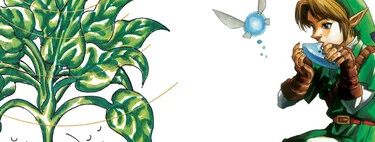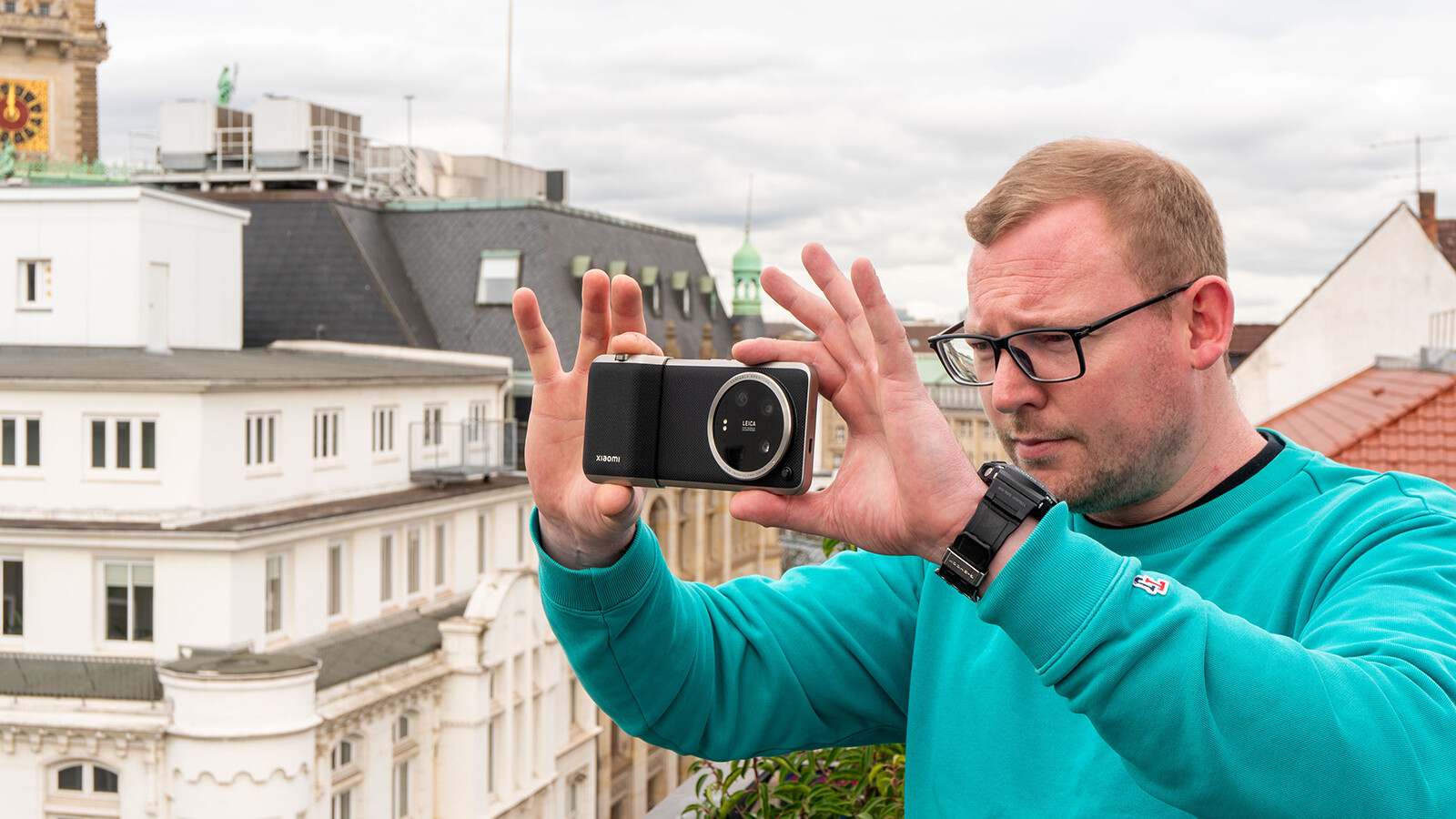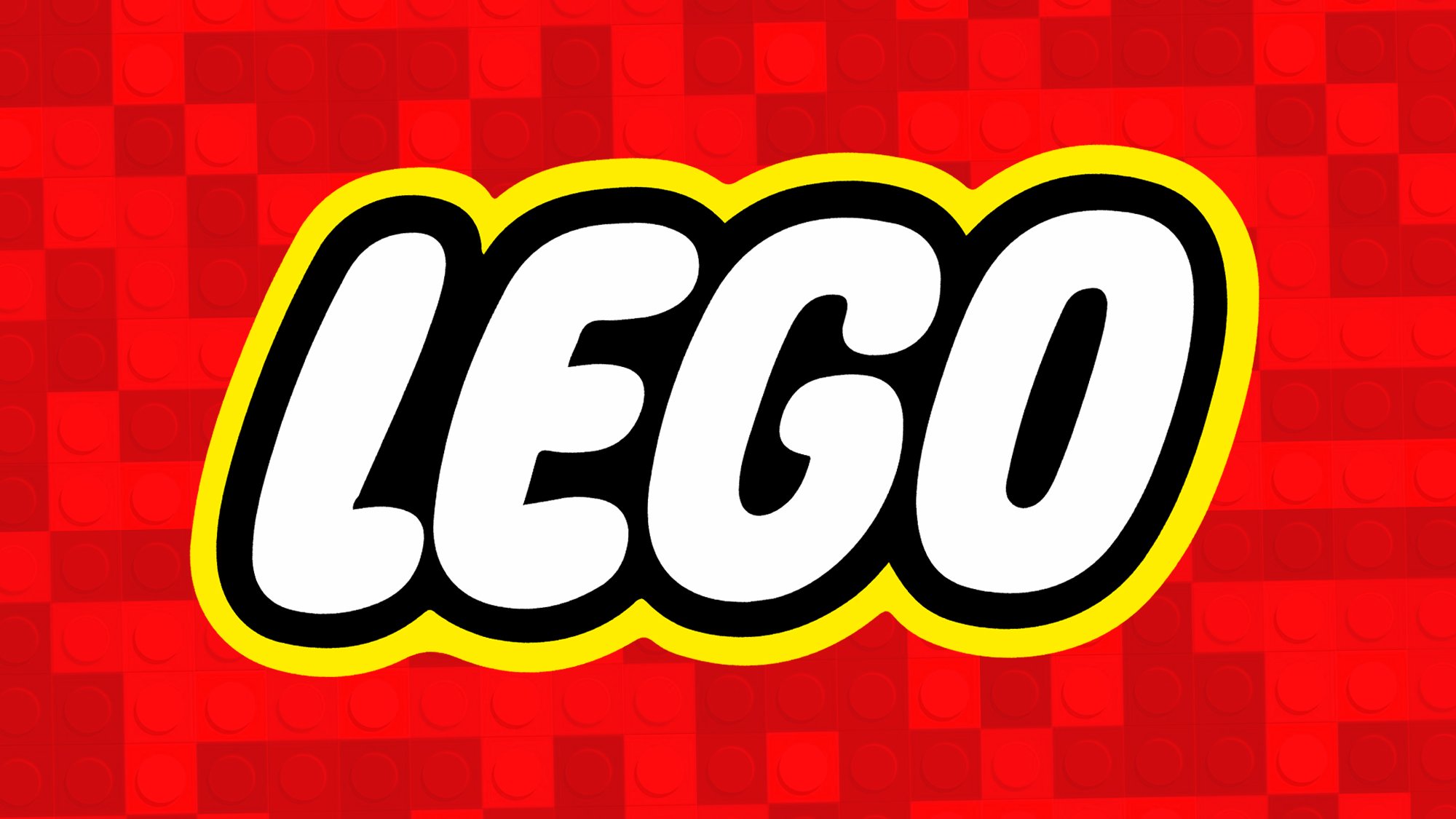Maybe Epona has become one of the most recognizable names in the video game industry thanks to the horse -mare, actually- from The Legend of Zelda, but despite the fact that her figure is now known worldwide by all fans of the Nintendo franchise, actually there was a time when she was even more famous.
To know its origin, it is necessary to travel to the past, to another era plagued by swords, monsters and witchcraft in which Europe, like many other regions of Europe, worshiped Eponaprobably one of the most important divinities of Celtic mythology.
One of the most important goddesses of our culture
Driven by Gallic and Irish mythology, the figure of Epona It didn’t take long for it to become one of the most important symbols of our region. The key was not only in the cult of horses, undoubtedly one of the most important animals of the Iron Age for their invaluable help both in the field and when moving around and fighting battles.
In fact, its name comes precisely from there, from the term Epo with which the Gauls used to name the horse before Latin was established due to Roman influence, but the truth is that at the time the horse was much more than an animal of load and, due to its majesty and strength, it was also associated with death.
Long before the boatman Charon was in charge of taking the souls of the deceased to the afterlife, it was the horses that fulfilled this task, representing themselves on tombstones of the time with figures of horses and, later, with the figure of Epona surrounded by horses as a symbol of the protection of those same souls.
Often depicted also holding a cornucopia, Epona

The only indigenous goddess of the Pantheon of Rome
Fanatics of bringing to their land everything that could bring them closer to the tribes and peoples they tried to dominate, the Romans did not take long to see in Epona a gold mine for her cause, thus making her the only indigenous goddess to have a place in the Pan theon of Rome. Not only that, she also had her own official festival in the empire’s capital, held on December 18.
His figure was so important that the Roman troops ended up embracing his image in stables and banners and, as a tribute when trading and interacting with the Celtiberian peoples, the Romans gave horses as gifts to the tribes they encountered in their expansion.
In Europe, the figure of Epona it can still be found in inscriptions and altarpieces in churches in Zamora, Burgos or Palencia, thus confirming that the cult of the goddess of fertility went far beyond a mere belief of pagan tribes also in our territory.

Inspired by her influence, Yoshiaki Koizumi chose the name of the goddess to name the mare. Epona in The Legend of Zelda: Ocarina of Time, where for much of development there was the ability to change its name to the player’s liking but, prior to release, that option was completely ruled out.
And it was precisely that decision to worship him to the last consequences that made him Eponanow with another figure and meaning, continue to be a recognizable name so many years later.










